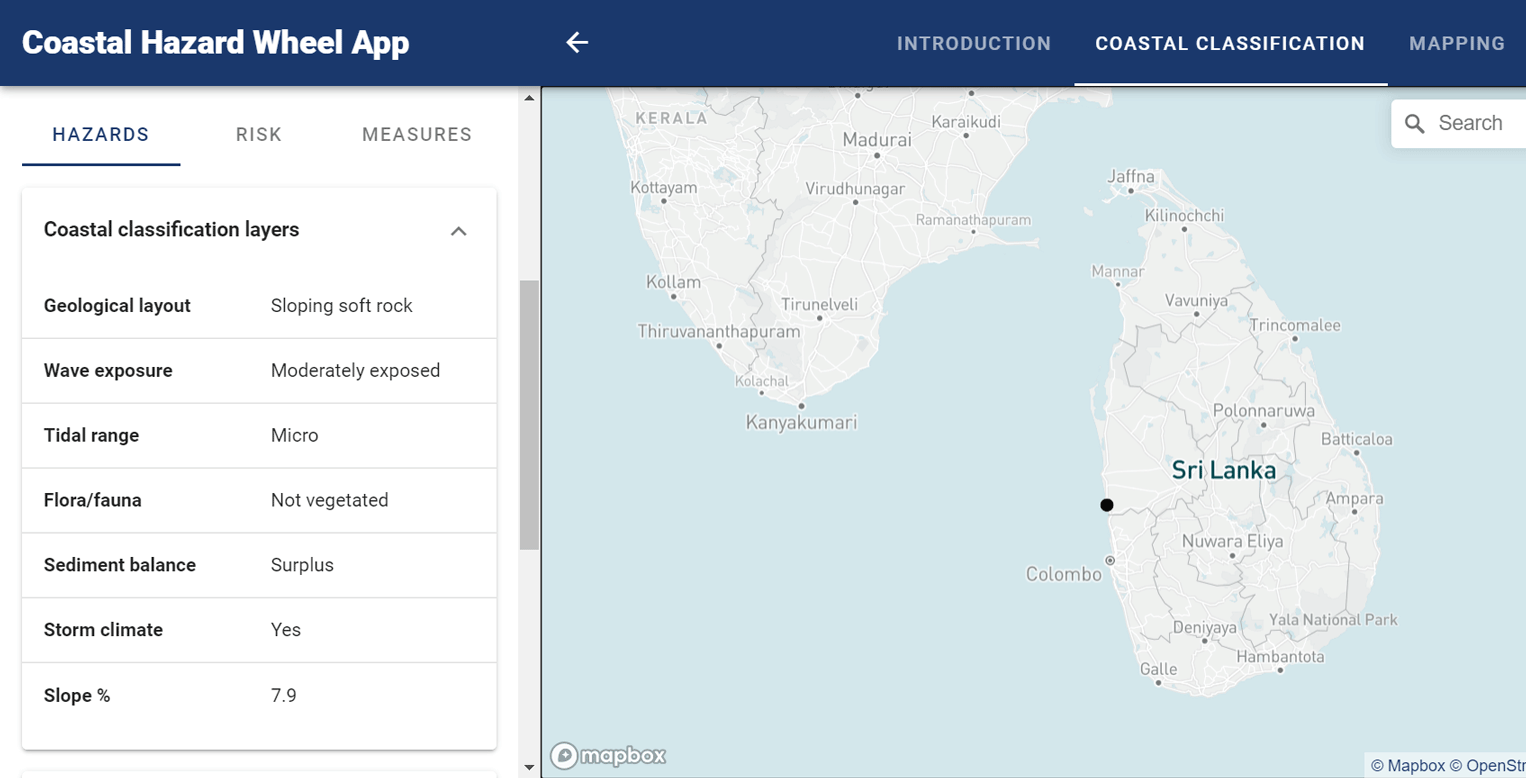Coastal classification is the categorization of coastal environments into different types based on their characteristics such as bio-geophysical properties, dynamic behavior, visual appearance, hazard profile and human use. The Coastal Hazard Wheel is a universal coastal classification and management framework that aims to capture all the most relevant characteristics of coastal environments worldwide in a easily accessible visual system.
The Coastal Hazard Wheel distinguishes between 131 generic coastal environments based on a range of classification parameters, hereunder geological layout, wave exposure, tidal range, flora/fauna, sediment balance and storm climate. It aims to maintain a balance between classification simplicity and detail that is relevant for policy-support and the classification is designed so it can be used for standardized coastal communication worldwide, hazard mapping from local to global level and for providing guidance on relevant coastal management measures.
The Coastal Hazard Wheel methodology is elaborated further in the UNEP Quick Start Guide and Main manual and the Coastal Hazard Wheel App provides an automated classification of the world’s coastlines with a detail of 250-500 meters based on global datasets.
For further information on the classification activities or possibilities for including more detailed national datasets, please do not hesitate to get in touch with us.
